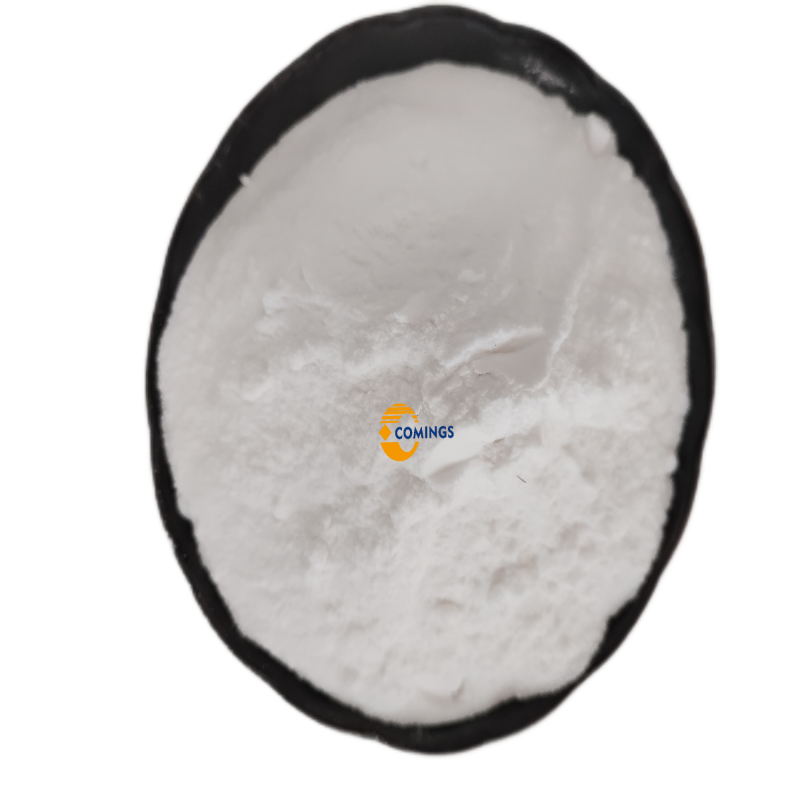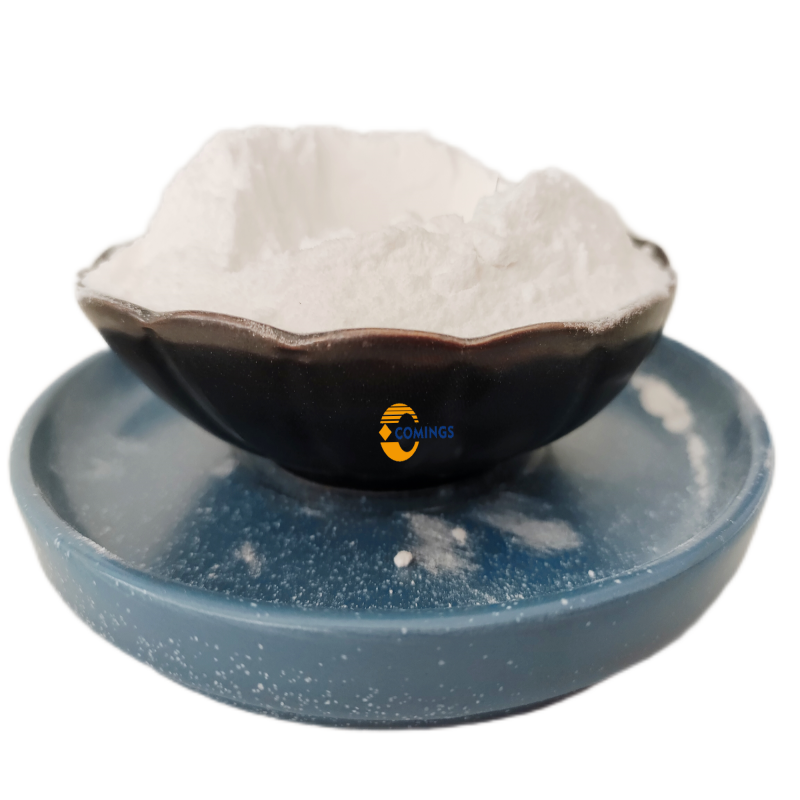-
Categories
-
Pharmaceutical Intermediates
-
Active Pharmaceutical Ingredients
-
Food Additives
- Industrial Coatings
- Agrochemicals
- Dyes and Pigments
- Surfactant
- Flavors and Fragrances
- Chemical Reagents
- Catalyst and Auxiliary
- Natural Products
- Inorganic Chemistry
-
Organic Chemistry
-
Biochemical Engineering
- Analytical Chemistry
-
Cosmetic Ingredient
- Water Treatment Chemical
-
Pharmaceutical Intermediates
Promotion
ECHEMI Mall
Wholesale
Weekly Price
Exhibition
News
-
Trade Service
On November 5, 2021, Nature Communications published an online research paper entitled "Arabidopsis P4 ATPase-mediated cell detoxification confers resistance to Fusarium graminearum and Verticillium dahliae" by Pei Yan's research group at Southwest University
.
This study revealed that Arabidopsis P4 ATPase-mediated cell detoxification of mycotoxins can endow plants with resistance to Fusarium graminearum and Verticillium dahliae
.
Plant fungal diseases cause serious production and economic losses to agriculture and forestry all over the world
.
Many important plant pathogenic fungi, such as Fusarium graminearum, produce toxic secondary metabolites in host cells
.
These mycotoxins can quickly produce reactive oxygen species, stimulate apoptosis and necrotic lesions, stop plant growth, and even die
.
Because of their ability to inhibit protein synthesis, their toxic secondary metabolite trichothecenes is also toxic to mammals
.
In fact, the contamination of trichothecenes in food and feed commodities has become a global safety issue
.
Verticillium wilt pathogen-Verticillium dahliae is a devastating soil-borne vascular pathogen.
It was once listed as the world's number one quarantine object alongside the potato late blight pathogen.
More than 600 cash crops such as eggplant and sunflower have an average annual loss of more than tens of billions of dollars
.
Mycotoxins are considered to be the key virulence factors for FHB and Verticillium wilt
.
Therefore, it is necessary to develop detoxification methods to control mycotoxins
.
In living cells, there are three main strategies for detoxification: chemical modification/inactivation, separation and efflux
.
The study used Fusarium toxin DON and Verticillium toxin CIA as probes to identify two Arabidopsis P4 ATPase genes AtALA1 and AtALA7, which are responsible for the toxin resistance
.
Studies have found that detoxification occurs through vesicle-mediated transport of toxins from the plasma membrane to the vacuole
.
More importantly, the expression of AtALA7 in Arabidopsis and tobacco significantly increased the resistance to different strains of Verticillium dahliae, while the exogenous overexpression of AtALA1 in maize significantly increased the resistance to DON and red.
Resistance to mildew, which greatly reduces the concentration of DON in seeds
.
In addition, the study also showed that this vesicle transport-mediated cell detoxification can be achieved in different plant species that target different toxins without causing growth loss
.
Therefore, this strategy is expected to be used to develop resistance to stubborn diseases (such as FHB and Verticillium wilt) and reduce mycotoxin contamination in food and feed
.
Link to the paper: https://






